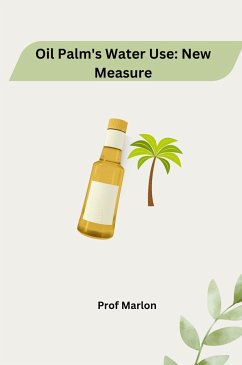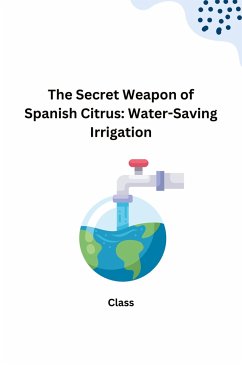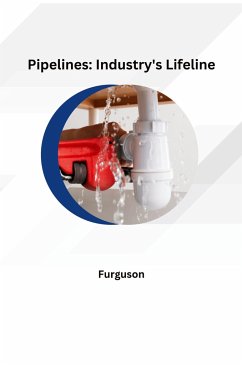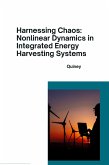Oil palm, a source of palm oil used in countless products, often gets a bad rap for high water consumption. But is the truth more complex? Oil palms themselves thrive on rainfall, using minimal external water. The hidden water use lies in conversion. Establishing plantations often replaces water-absorbing forests, impacting local water cycles. Additionally, processing facilities use water, though some can be recycled.So, oil palm's water footprint is indirect and depends on practices. Sustainable production focuses on responsible land use and water-saving techniques in processing. By understanding the true water impact, we can promote responsible practices for a more sustainable future of palm oil.
Bitte wählen Sie Ihr Anliegen aus.
Rechnungen
Retourenschein anfordern
Bestellstatus
Storno









